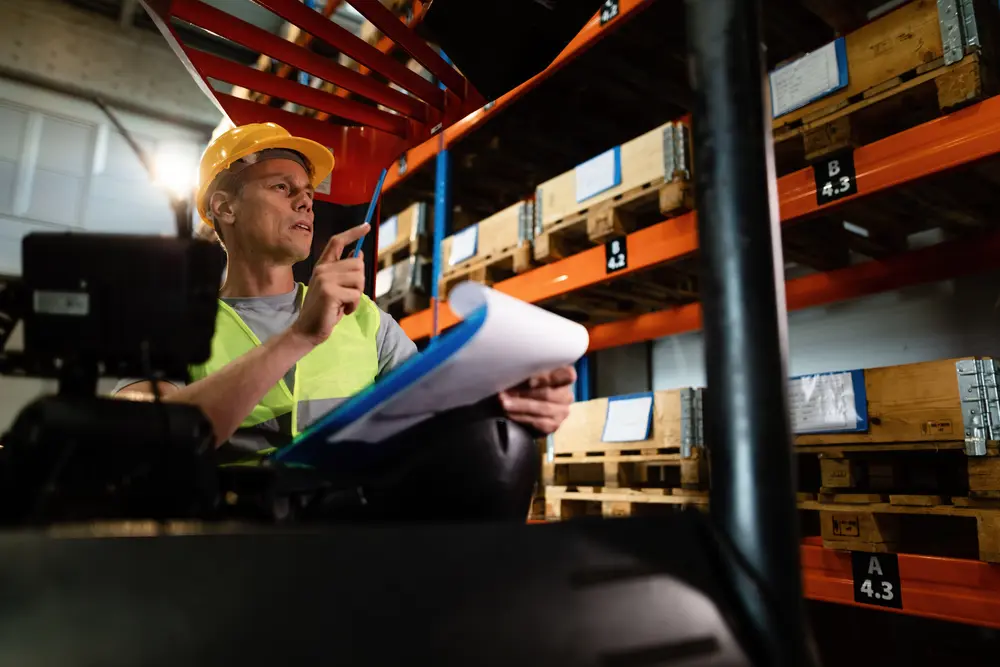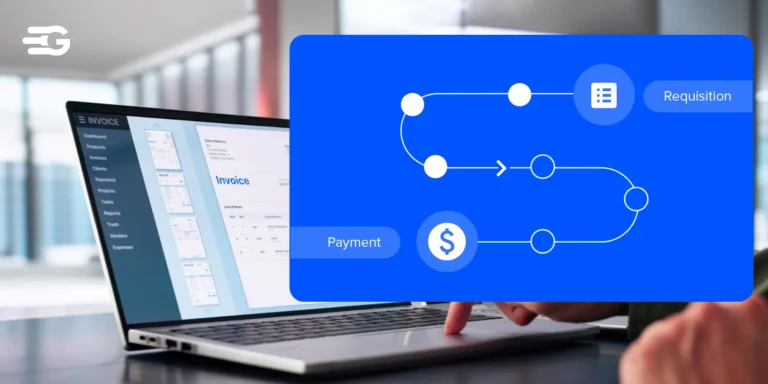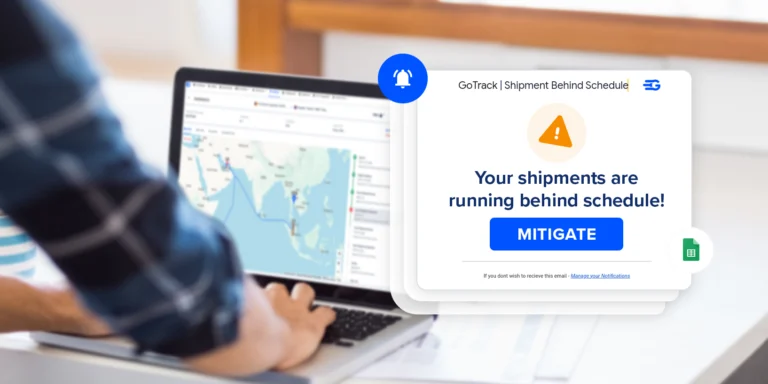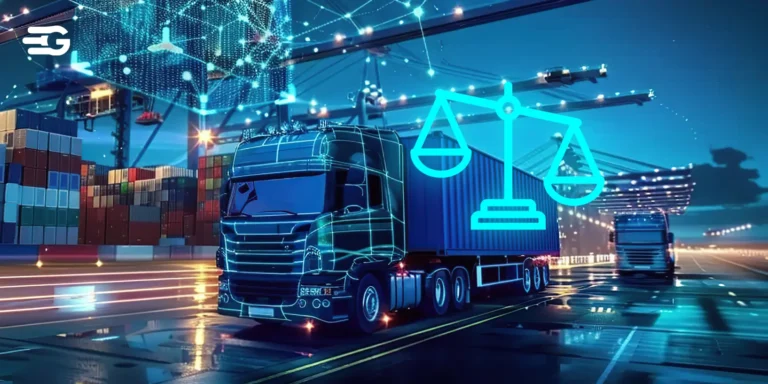Transportation and Logistics Management: Definitions, Difference, Benefits, and More
Table of Contents
Transportation and logistics management plays a central role in businesses worldwide. Whether you’re a small business owner or part of a large enterprise, you’ve likely encountered challenges with supply chain efficiency, on-time delivery, or managing costs. Effective transport and logistics management keeps goods moving, ensures customer satisfaction, and contributes to overall business profitability. This guide breaks down what transport and logistics management entails, why it’s essential, and strategies you can use to improve operations.
Understanding Transport and Logistics Management
What Is Transportation Management?
Transportation management is the process of planning, executing, and optimizing the physical movement of goods. It involves selecting the right transportation mode (road, rail, air, or sea), managing carriers, and optimizing routes to ensure cost-effective and timely deliveries. Effective transportation management directly impacts delivery speed, operational costs, and customer satisfaction.
What Is Logistics Management?
Logistics management covers the broader scope of coordinating resources and processes to ensure goods flow seamlessly from suppliers to customers. It includes inventory management, warehousing, order fulfillment, and returns handling. Logistics ensures that every step, from procurement to delivery; is executed efficiently, enabling businesses to meet customer demands while controlling costs.
How Logistics Supports the Entire Order Fulfillment Process
In logistics, order fulfillment is key. This includes inventory management, warehousing, order processing, and distribution. When each step works in sync, customers receive products faster and with fewer errors. I’ve seen businesses struggle when they neglect one part of this process whether it’s failing to keep enough stock or overlooking efficient packing methods. Focusing on each step ensures smooth operations and greater reliability.
Transportation: The Backbone of Physical Delivery
Transportation gets products from point A to point B. Whether by road, air, rail, or sea, transport forms the backbone of logistics. For some businesses, the choice of transport depends on factors like distance, cost, and delivery urgency. Effective transportation is crucial; delays can harm customer trust and cause inventory backlogs. That’s why it’s essential to choose the right transport method and monitor delivery performance consistently.
Why Transportation and Logistics Matter in Business
Efficient transport and logistics management save time and cut down on costs. It also improves customer experience by ensuring goods arrive as expected. In today’s competitive market, keeping customers satisfied is essential for repeat business. Transport and logistics management helps businesses stay organized, control expenses, and build better relationships with their clients.
Logistics vs. Transport Management
| Aspect | Logistics Management | Transport Management |
| Definition | Encompasses the complete process of planning, implementing, and controlling the movement and storage of goods. | Focuses specifically on the physical movement of goods from one location to another. |
| Scope | Includes procurement, inventory management, warehousing, packaging, and customer service. | Limited to transportation modes, route planning, carrier selection, and fleet management. |
| Objective | Ensures efficient coordination of all supply chain activities to optimize cost and service levels. | Ensures timely, cost-effective, and safe delivery of goods. |
| Components | Covers multiple stages, including sourcing, order processing, storage, and final delivery. | Involves route optimization, mode selection, delivery scheduling, and tracking. |
| Technology Used | Relies on warehouse management systems (WMS), inventory control tools, and supply chain platforms. | Uses transport management systems (TMS), GPS tracking, and fleet monitoring tools. |
| Dependency | Relies on transport as a critical component but goes beyond moving goods to include overall coordination. | Operates independently but forms a key part of logistics management. |
| Key Focus | Optimizing the entire supply chain for efficiency and customer satisfaction. | Optimizing transportation processes to reduce costs and ensure timely delivery. |
| Examples of Activities | Managing warehouse operations, forecasting demand, and handling returns. | Choosing the best mode of transport (road, rail, sea, air) and coordinating with carriers. |
Key Components and Functions of Transport and Logistics Management
Core Functions of Logistics Management
Inventory Control and Management: Inventory management is more than just counting products. It involves knowing how much stock you need, predicting future demand, and avoiding stockouts or overstocking. Good inventory control can prevent losses and reduce warehousing costs.
Warehousing and Storage: Warehouses are where products are stored before distribution. Proper storage helps prevent damage and allows for quick order processing. I’ve seen small businesses struggle when they lack adequate warehousing, leading to slowdowns in the supply chain. An organized warehouse makes fulfillment faster and smoother.
Order Processing and Fulfillment: Once a customer places an order, the logistics team manages picking, packing, and shipping. A streamlined order fulfillment process minimizes errors and keeps customers happy. Simple improvements like clear labeling and standardized packing methods can make a big difference.
Transportation and Distribution Management: This function involves choosing the right transportation method and managing the journey from warehouse to destination. Efficient distribution means finding the most cost-effective route, managing carrier partnerships, and tracking shipments for timely deliveries.
Returns Management and Reverse Logistics: Returns are a normal part of business, but they need to be managed carefully to avoid losses. Reverse logistics covers returns handling, restocking, and even refurbishing items when possible. A good returns process builds customer trust and helps recover value from returned goods.
Also Read: What does Drayage Mean in Transportation?
Benefits of Logistics and Transport Management
- Enhanced Customer Experience: Customers expect timely and accurate deliveries. Effective logistics and transport management ensure that orders are fulfilled quickly and correctly, leading to satisfied customers and repeat business.
- Cost Optimization and Waste Reduction: Poor logistics can lead to wasted time, fuel, and materials. With optimized logistics, businesses can reduce unnecessary expenses and increase profits.
- Faster and More Reliable Deliveries: Efficient logistics management helps keep deliveries on track. When businesses can deliver faster, they gain a competitive edge and build stronger customer relationships.
- Increased Flexibility in Operations: A strong logistics network allows businesses to adapt to changes in demand. Flexible logistics management can scale up or down to meet seasonal or unexpected changes in orders.
- Boosted Profitability and Business Growth: By cutting costs, improving efficiency, and enhancing customer satisfaction, effective logistics and transport management contribute directly to business profitability.
Major Challenges in Logistics and Transportation Management
- Rising Fuel Costs and Transportation Expenses: Fuel price fluctuations directly impact transportation costs. One way to combat this is by optimizing routes to reduce the distance traveled or switching to more fuel-efficient transport options when possible.
- Environmental Sustainability Concerns: Customers and businesses are increasingly aware of environmental impacts. Some companies are adopting greener practices, like reducing emissions through electric vehicles or optimizing packaging to cut down on waste.
- Driver Shortages and Workforce Management: Finding qualified drivers is a challenge for many companies. Training programs and competitive benefits can help attract and retain skilled workers in the transportation sector.
- Demand for Faster Deliveries and Last-Mile Solutions: Customers now expect quick deliveries, sometimes within hours. Solutions like partnering with local couriers or setting up regional distribution centers can help meet this demand.
- Supply Chain Disruptions and Risk Management: Unforeseen events can disrupt the supply chain, from natural disasters to political issues. Building a resilient supply chain with backup suppliers and adaptable logistics plans can help reduce risks.
Proven Strategies to Improve Logistics Management
- Embracing Automation and Technology: Automated systems help track shipments, manage inventory, and plan routes. Technology like GPS and RFID tracking can improve accuracy and transparency.
- Intelligent Route Planning and Real-Time Tracking: Optimizing routes saves time and fuel. Real-time tracking allows companies to monitor shipments and provide updates to customers, adding an extra layer of trust.
- Building Resilient Partnerships and 3PL Collaborations: Third-party logistics (3PL) providers offer expertise and resources that can help companies improve efficiency and reduce costs. Finding reliable partners ensures consistent performance.
- Sustainability Initiatives to Reduce Environmental Impact: Using eco-friendly practices, such as reducing packaging or adopting electric delivery vehicles, helps companies meet sustainability goals and appeal to environmentally-conscious customers.
- Leveraging Data Analytics for Informed Decision-Making: Data analytics provides insights into supply chain performance. Analyzing trends helps companies make adjustments in real-time, from adjusting inventory levels to optimizing delivery routes.
Proven Strategies to Improve Transportation Management
- Optimizing Fleet Utilization: Use fleet management systems to monitor vehicle performance, ensure efficient scheduling, and reduce idle times. This helps lower operational costs and increase productivity.
- Investing in Driver Training: Skilled drivers are essential for safe and timely deliveries. Training programs improve driving efficiency, safety compliance, and fuel consumption awareness.
- Implementing Predictive Maintenance: Regular vehicle checks based on predictive analytics reduce breakdowns, ensuring consistent delivery schedules and cost savings.
- Choosing the Right Transport Modes: Assess cargo type, delivery timelines, and costs to select the best transport mode, whether road, rail, sea, or air, for maximum efficiency.
- Streamlining Delivery Schedules: Effective delivery scheduling ensures timely drop-offs and pickups while reducing congestion and wasted resources.
- Adopting Sustainable Practices: Transitioning to fuel-efficient or electric vehicles, using alternative fuels, and optimizing load capacities reduce carbon emissions and promote sustainability.
Frequently Asked Questions (FAQs)
What Is the Role of Logistics in Business?
Logistics plays a crucial role in ensuring products are delivered on time and in good condition. It directly affects customer satisfaction, cost efficiency, and the overall performance of the business.
How Does Logistics Management Contribute to Customer Satisfaction?
Effective logistics management ensures timely deliveries, accurate order fulfillment, and smooth returns processes. This builds customer trust, enhances their experience, and encourages repeat business.
What Is the Difference Between Logistics and Supply Chain Management?
While logistics is concerned with the movement, storage, and delivery of goods, supply chain management covers a broader scope, including procurement, production, and the coordination between suppliers, manufacturers, and distributors to meet customer demand.
How Does Logistics Support Sustainability Efforts?
Logistics can help businesses lower their environmental impact by optimizing transportation routes, using eco-friendly packaging, and shifting to more sustainable modes of transportation like electric vehicles or rail over trucks. These efforts reduce carbon emissions and contribute to greener supply chains.
Final Thoughts
Managing transportation and logistics effectively requires planning, consistency, and adaptability. Each component plays an important role in creating a seamless operation, from warehousing and inventory control to customer service. By following best practices and keeping up with industry trends, businesses can improve efficiency, reduce costs, and build lasting customer relationships. Remember, even small improvements in logistics can make a big difference in overall performance and customer satisfaction.



